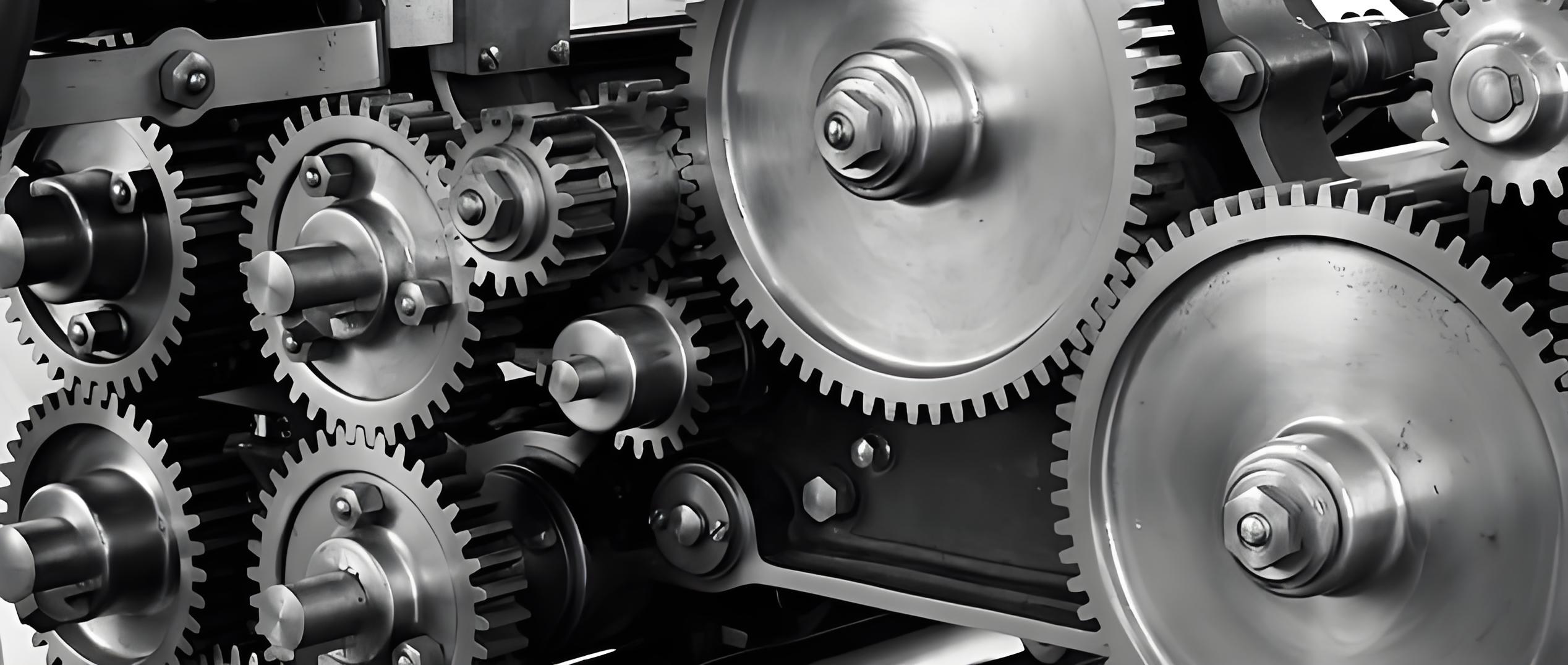Spur gear is fundamental components in many mechanical systems, transmitting power and motion between parallel shafts. Over time, the demand for higher efficiency and longer lifespan of these gears has led to the development of innovative manufacturing techniques. This article explores various advanced methods that enhance the efficiency and longevity of spur gear, focusing on precision manufacturing, surface treatments, and advanced materials.

Introduction
Spur gear is critical to the functionality of many machines, from simple mechanisms to complex industrial systems. Traditional manufacturing techniques, while effective, often fall short in meeting the increasing demands for performance and durability. Advances in manufacturing technology have introduced new methods that significantly improve gear efficiency and lifespan. This article examines several such techniques, including precision manufacturing, advanced surface treatments, and the use of cutting-edge materials.
Precision Manufacturing Techniques
CNC Machining
Computer Numerical Control (CNC) machining has revolutionized the manufacturing of spur gear. CNC machines offer unparalleled precision, allowing for the production of spur gear with exact dimensions and minimal tolerances. This precision reduces friction and wear, thereby enhancing efficiency and longevity.
| Parameter | Traditional Machining | CNC Machining |
|---|---|---|
| Dimensional Tolerance | ±20-50 microns | ±5-10 microns |
| Surface Finish (Ra) | 1.6-3.2 micrometers | 0.4-1.6 micrometers |
| Production Speed | Moderate | High |
As shown in the table, CNC machining provides superior dimensional accuracy and surface finish compared to traditional methods, leading to better performance and longer gear life.
Additive Manufacturing
Additive manufacturing, or 3D printing, is another innovative technique gaining traction in gear manufacturing. This method allows for the creation of complex geometries that are difficult or impossible to achieve with conventional techniques. Additive manufacturing also enables rapid prototyping and small-batch production, which are beneficial for customized spur gear solutions.
| Parameter | Traditional Machining | Additive Manufacturing |
|---|---|---|
| Design Flexibility | Limited | High |
| Material Waste | High | Low |
| Prototyping Speed | Slow | Fast |
Additive manufacturing offers high design flexibility and reduced material waste, making it a cost-effective and environmentally friendly option.
Advanced Surface Treatments
Carburizing
Carburizing is a heat treatment process that increases the surface hardness of spur gear by infusing carbon into the outer layer. This process enhances wear resistance and fatigue strength, crucial for spur gear operating under high loads.
| Property | Untreated Gear | Carburized Gear |
|---|---|---|
| Surface Hardness (HRC) | 20-30 | 50-60 |
| Wear Resistance | Moderate | High |
| Fatigue Strength | Moderate | High |
Carburized spur gear exhibit significantly higher surface hardness and wear resistance, leading to improved durability and performance.
Nitriding
Nitriding involves the diffusion of nitrogen into spur gear surface at relatively low temperatures. This creates a hard, wear-resistant layer without the need for quenching, minimizing distortion and maintaining core toughness.
| Property | Untreated Gear | Nitrided Gear |
|---|---|---|
| Surface Hardness (HRC) | 20-30 | 60-70 |
| Wear Resistance | Moderate | High |
| Distortion | High | Low |
Nitrided gear offer exceptional surface hardness and wear resistance with minimal distortion, making them suitable for precision applications.
Coating Techniques
Coating techniques, such as applying titanium nitride (TiN) or diamond-like carbon (DLC) coatings, provide an additional layer of protection against wear and corrosion. These coatings reduce friction and enhance the overall efficiency of the spur gear.
| Property | Untreated Gear | TiN Coated Gear | DLC Coated Gear |
|---|---|---|---|
| Surface Hardness (HRC) | 20-30 | 80-90 | 70-80 |
| Friction Coefficient | 0.4-0.5 | 0.2-0.3 | 0.1-0.2 |
| Corrosion Resistance | Moderate | High | Very High |
Coated gear demonstrate superior hardness, reduced friction, and enhanced corrosion resistance, contributing to longer service life and better performance.
Advanced Materials
High-Performance Alloys
Using high-performance alloys, such as alloy steels or stainless steels, can significantly enhance the properties of spur gear. These materials offer improved strength, toughness, and resistance to wear and corrosion.
| Property | Standard Steel Gear | High-Performance Alloy Gear |
|---|---|---|
| Tensile Strength (MPa) | 400-600 | 800-1200 |
| Toughness | Moderate | High |
| Corrosion Resistance | Low | High |
High-performance alloy spur gear provide greater strength and durability, making them ideal for demanding applications.
Composite Materials
Composite materials, which combine metals with ceramics or polymers, offer unique advantages in spur gear manufacturing. These materials can be tailored to provide specific properties, such as reduced weight, increased stiffness, and enhanced wear resistance.
| Property | Metal Gear | Composite Gear |
|---|---|---|
| Weight | High | Low |
| Stiffness | Moderate | High |
| Wear Resistance | Moderate | High |
Composite gears are lighter and often exhibit superior wear resistance, contributing to increased efficiency and longevity.
Case Studies
Several industries have adopted these innovative manufacturing techniques to enhance spur gear performance. For instance, the automotive industry uses high-performance alloys and advanced surface treatments to produce gears that withstand high loads and extreme conditions. In the aerospace sector, additive manufacturing and composite materials are employed to create lightweight yet durable gears, improving fuel efficiency and performance.
Conclusion
Innovative manufacturing techniques, including precision CNC machining, additive manufacturing, advanced surface treatments, and the use of high-performance materials, have significantly enhanced the efficiency and longevity of spur gear. These advancements allow for the production of gears that meet stringent performance requirements and offer extended service life. As technology continues to evolve, further improvements in gear manufacturing are expected, driving innovation and efficiency in various industries.
